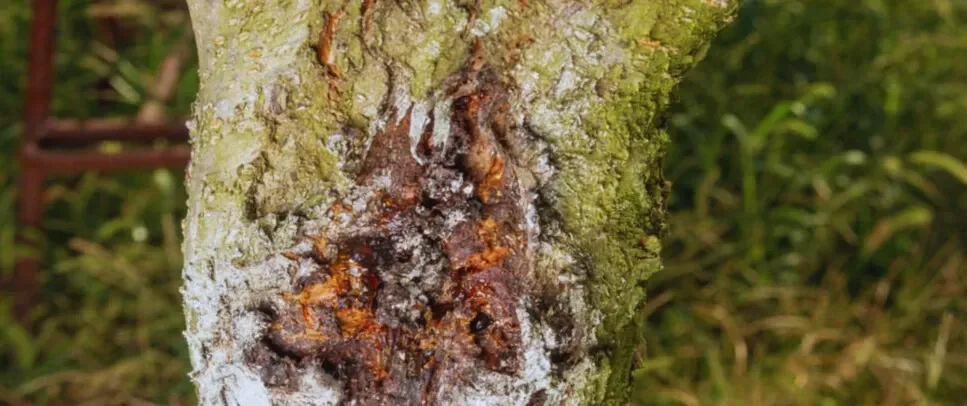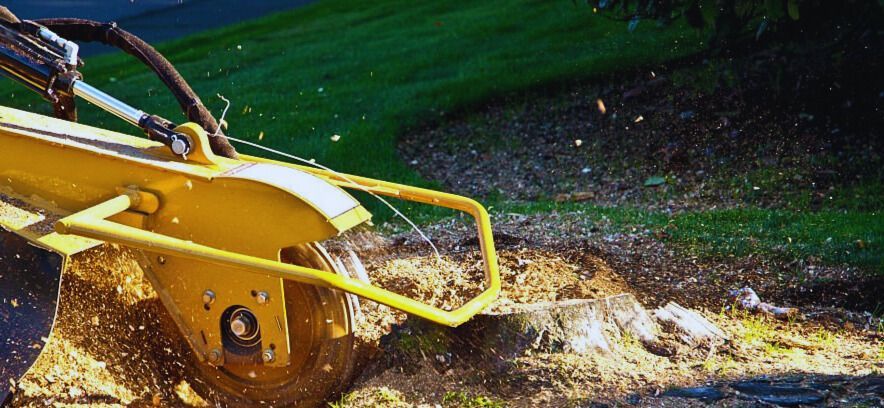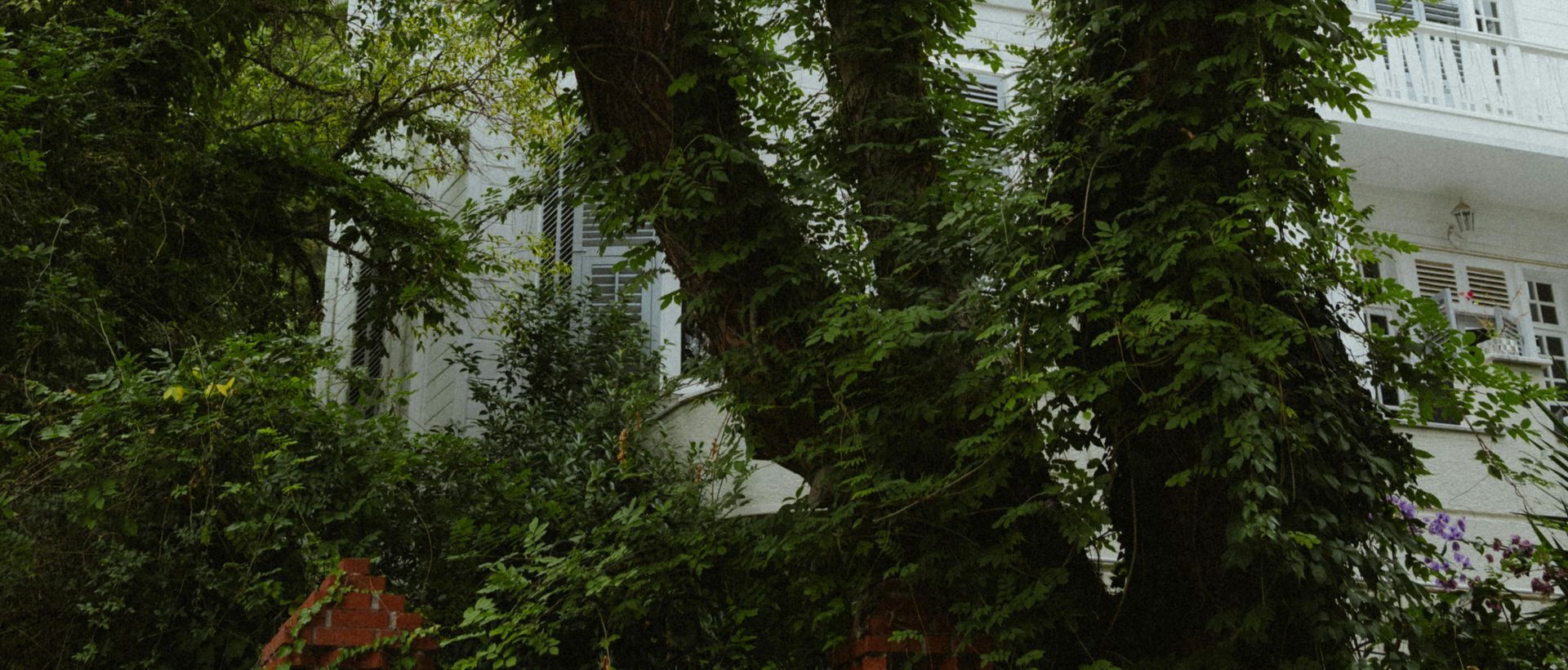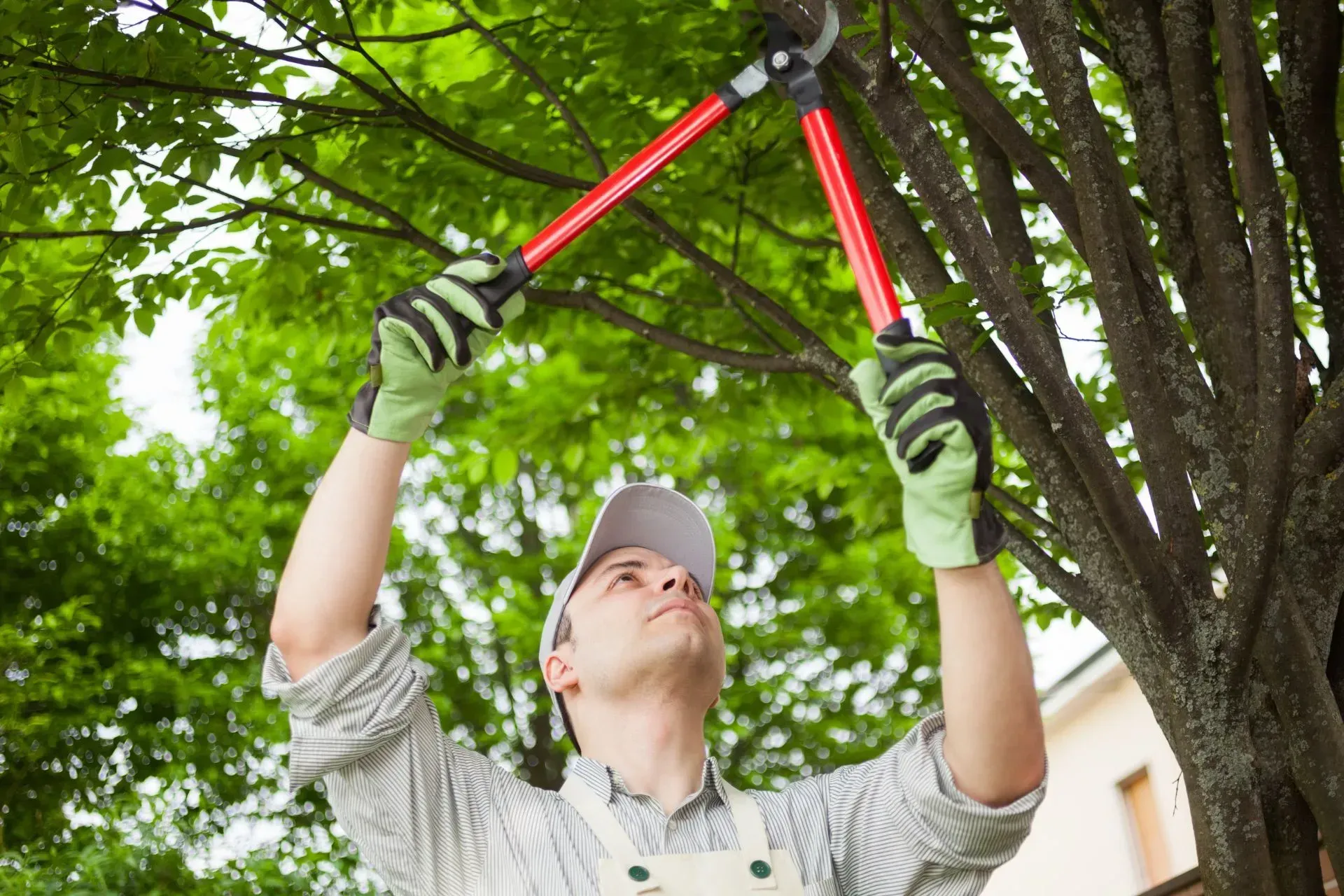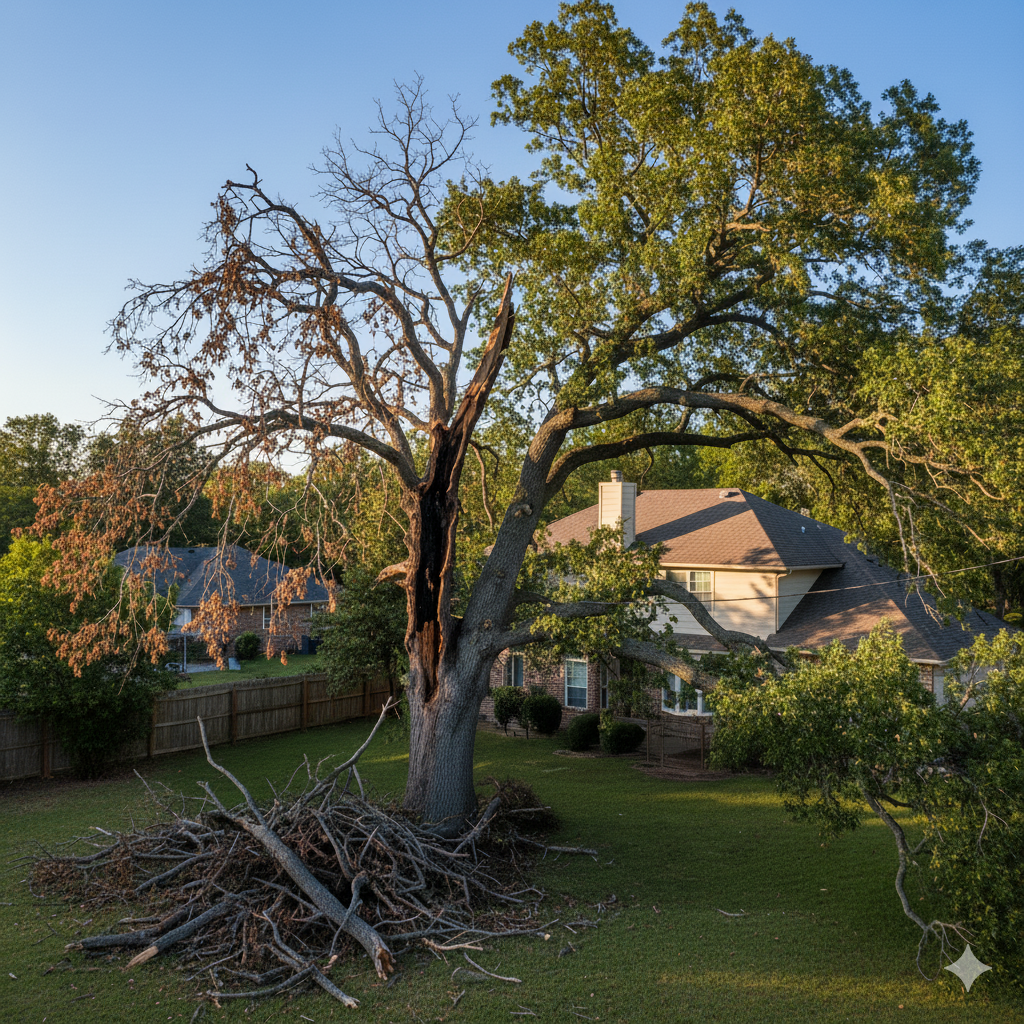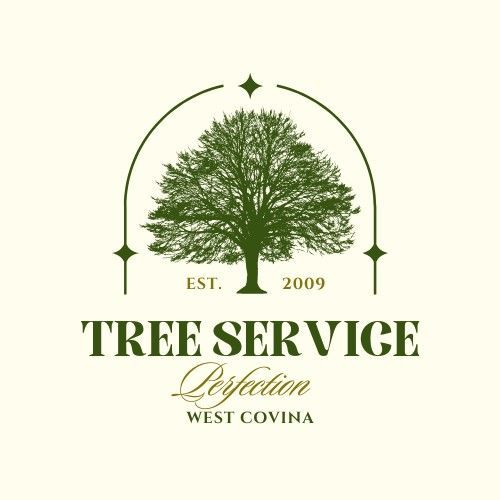How to Spot Dangerous Trees Before They Become a Hazard
It’s easy to overlook trees—those tall, quiet companions in our yards that sway with the wind and cast much-needed shade. But just like any other living thing, trees can become sick, damaged, or even die. And when they do, they can turn from beautiful features into deadly hazards. Learning how to spot dangerous trees before they become a hazard isn’t just smart—it’s essential for protecting your home, loved ones, and property.
Failing to recognize the early signs of a hazardous tree can result in costly property damage, legal issues, or, worse, personal injury. From subtle cracks in bark to dramatic leaning trunks, the signs are often there—just hidden in plain sight.
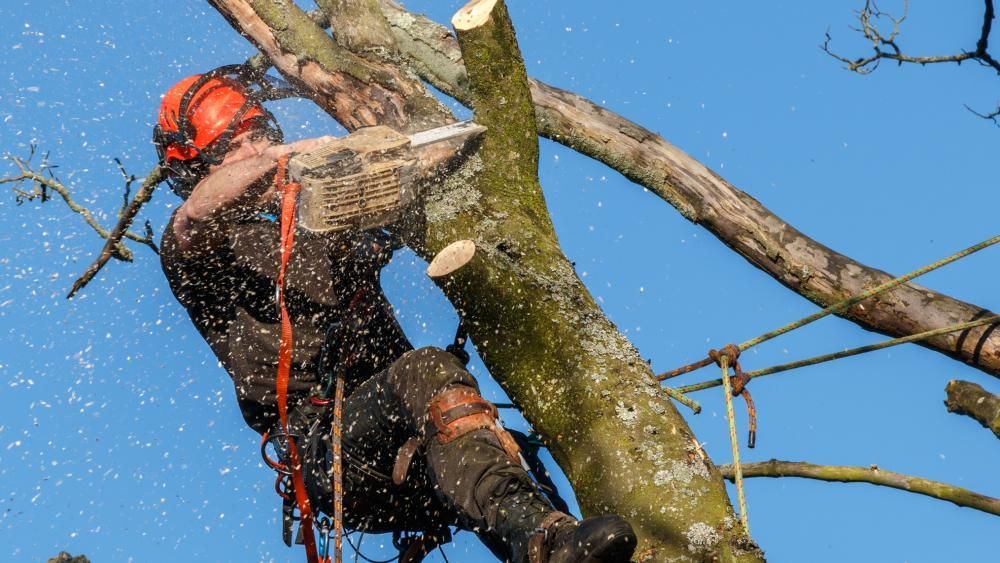
Spotting Dangerous Trees: The Basics
Every tree tells a story, and some are screaming for attention. At first glance, a tree may appear perfectly fine. But upon closer inspection, it could be teetering on collapse. A dangerous tree typically displays visible defects, structural instability, or health issues that compromise its ability to remain upright—especially during harsh weather.
Here’s what to look for:
- Deep cracks or splits in the trunk or limbs
- Dead or dropping branches
- Roots lifting from the ground
- Fungal growth near the base
- Sudden leaning or tilting
Visible Signs That Spell Trouble
Leaning Trunks
Not all leaning trees are dangerous, but if a tree begins leaning suddenly or significantly more over time, it’s a red flag. Especially if the soil around the base is cracking or lifting.
Cracked or Peeling Bark
This is the tree’s version of skin shedding. If large areas are missing bark or you see deep fissures, it's often a sign of disease or internal decay.
Exposed Roots
Roots are foundational. If they’re exposed, brittle, or visibly rotting, the tree’s stability is compromised.
Hidden Signs You Shouldn’t Ignore
Fungal Growth
Mushrooms or fungal shelves at the base often indicate internal decay. These fungi feed on rotting wood, and if they’re present, that means your tree might be structurally weak from the inside out.
Hollow Sounds
Tap the trunk with a rubber mallet. If it sounds hollow, that tree may be rotted inside, even if it looks fine on the outside.
Root System Red Flags
A tree’s root system is like a building’s foundation. If the roots are compromised, so is the tree. Root issues are often unseen, but you might notice:
- A sudden tilt in the trunk
- Uplifted soil
- Rotting or mushy texture around the base
Species More Likely to Be Dangerous
Not all trees are created equal. Some are more prone to breakage or falling due to shallow root systems or brittle wood:
- Silver Maple
- Bradford Pear
- Willow
- Boxelder
- Eucalyptus
Understanding your tree species can be half the battle.
When Weather Makes Things Worse
Storms and droughts wreak havoc on trees. After a storm, inspect your trees for broken branches, lightning scars, or uprooted bases. During droughts, trees weaken and become vulnerable to pests and diseases.
Urban Tree Hazards
In neighborhoods, trees face added stress. Look for:
- Branches near or touching power lines
- Buckled sidewalks from root growth
- Trees planted too close to buildings
Seasonal Tree Safety Checklist
Spring
- Look for new growth. If one side is bare, it could indicate a problem.
Summer
- Watch for wilting leaves during dry periods—a sign of root distress.
Fall
- Check for early leaf drop, which could signal health issues.
Winter
- Watch for dead limbs weighed down by snow.
Tree Age and What It Means
Older trees are more majestic, but also more fragile. Decay, cavity formation, and limb breakage become common with age. Look for dying top branches—often the first part of the tree to suffer.
Insects and Infestations
Signs of trouble include:
- Sawdust near the base (a sign of borers)
- Holes in bark
- Sap leaking or oozing
- Ants nesting around roots
Myths That May Mislead You
- “If the leaves are green, the tree is fine.” Not always.
- “Only dead trees fall.” Nope—plenty of seemingly healthy trees have fallen due to hidden root or trunk problems.
Legal and Insurance Concerns
If a dangerous tree on your property causes damage, you might be liable. Some municipalities require tree maintenance, and your insurance may deny claims for preventable incidents.
When Trees Become Structural Hazards
Look out for trees near homes, driveways, sheds, and play areas. Roots can crack foundations, and falling limbs can cause serious damage.
Wildlife Cues Can Be Telling
Sudden changes in animal activity—like birds abandoning a tree—can signal an issue. Animals often detect decay before we do.
Professional Help: When to Call the Experts
When in doubt, reach out to a certified arborist or trusted Tree Service. They can perform formal risk assessments and guide you on removal or preservation.
DIY Tree Inspection Routine
Each month, walk around your property and look for:
- New tilts or leans
- Bark damage
- Limb dieback
- Fungal growth
- Root exposure
Document your observations. A photo log helps track subtle changes over time.
Tools to Keep Handy
- Binoculars (for upper branch checks)
- Moisture meter (for soil)
- Rubber mallet (for hollow sound testing)
Emergency Removal Signs
- Cracks in trunk widen quickly
- Tree is leaning more after a storm
- Branches fall even in calm weather
Don’t hesitate—these are urgent signs.
Insurance and Costs of Delay
A single tree can cause thousands in damage. And insurance might not cover it if it was “obviously hazardous” and left unattended. A small investment in trimming or removal could save you tenfold.
Preventive Measures: Tree Health Tips
- Prune regularly
- Add mulch around the base (but not touching the trunk)
- Fertilize in spring
- Cable or brace weak limbs
Tree Placement Wisdom
Never plant large trees too close to buildings. Allow 20–30 feet of space, especially for species with invasive roots.
When to Contact Tree Experts
If you see more than one risk factor—fungi, tilting, cracks—it’s time to reach out. Start with the Contact page of your local expert.
FAQs
What are the top signs of a dangerous tree?
Look for leaning trunks, fungal growth, dead limbs, cracked bark, and exposed roots.
Is a leaning tree always dangerous?
Not always—but sudden leaning or increased angle is a major red flag.
Can I inspect my own trees?
Yes! Monthly checks can prevent disasters. But for big trees, get a pro.
When should a tree be removed?
If it’s dead, hollow, tilting dangerously, or severely diseased—remove it ASAP.
Do trees recover from fungus?
Some do, with care. But many forms of fungus mean internal rot—consult an arborist.
Are tree inspections expensive?
Not compared to damage repair! Most pros offer affordable assessments.
Conclusion
Knowing how to spot dangerous trees before they become a hazard can prevent tragedy, save money, and offer peace of mind. Trees are an asset—but only when they’re safe. Be proactive, not reactive.
Links:

